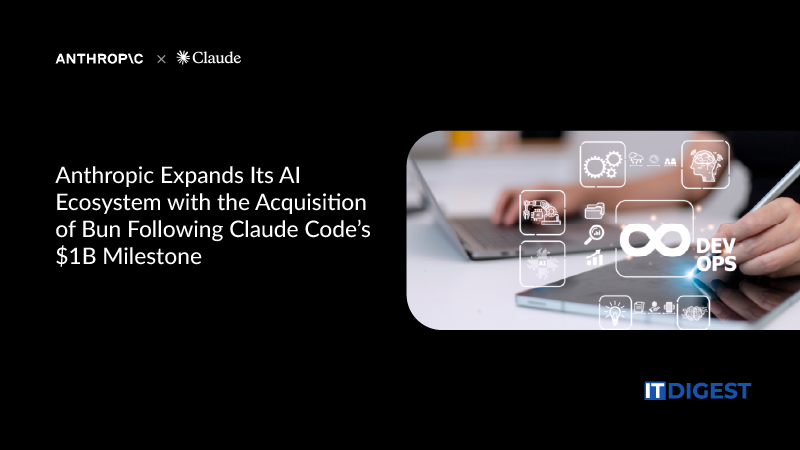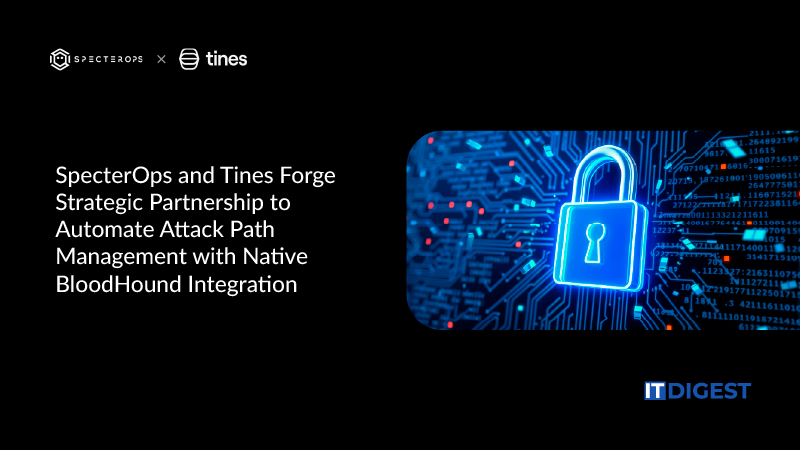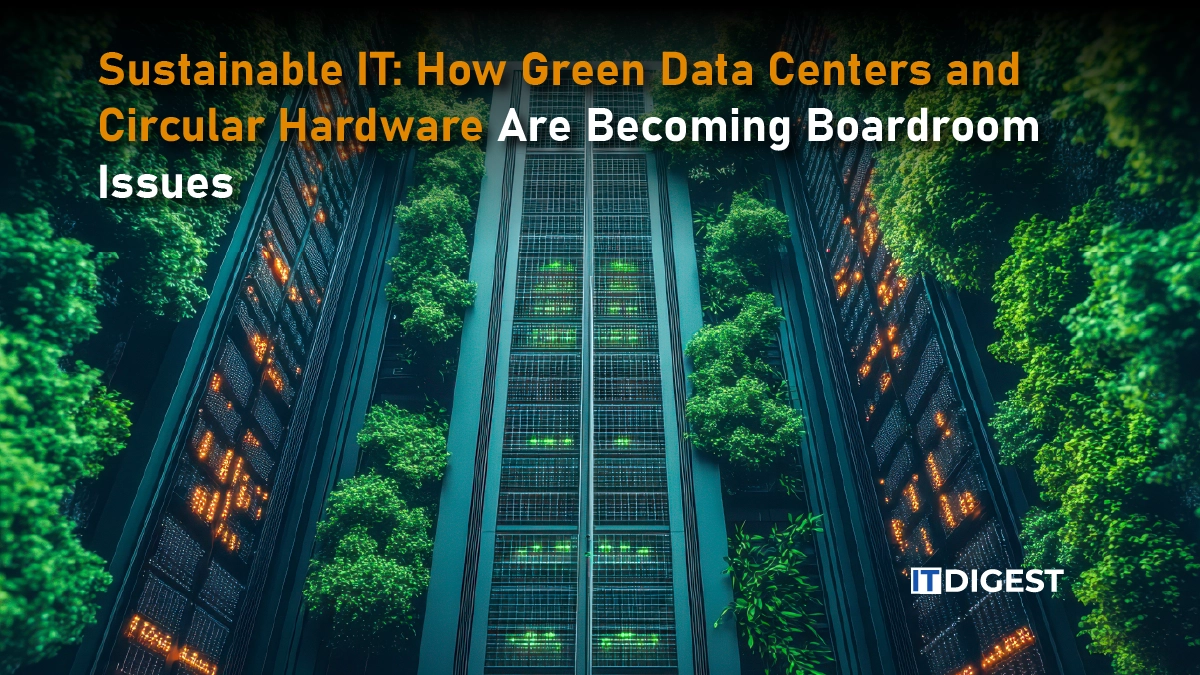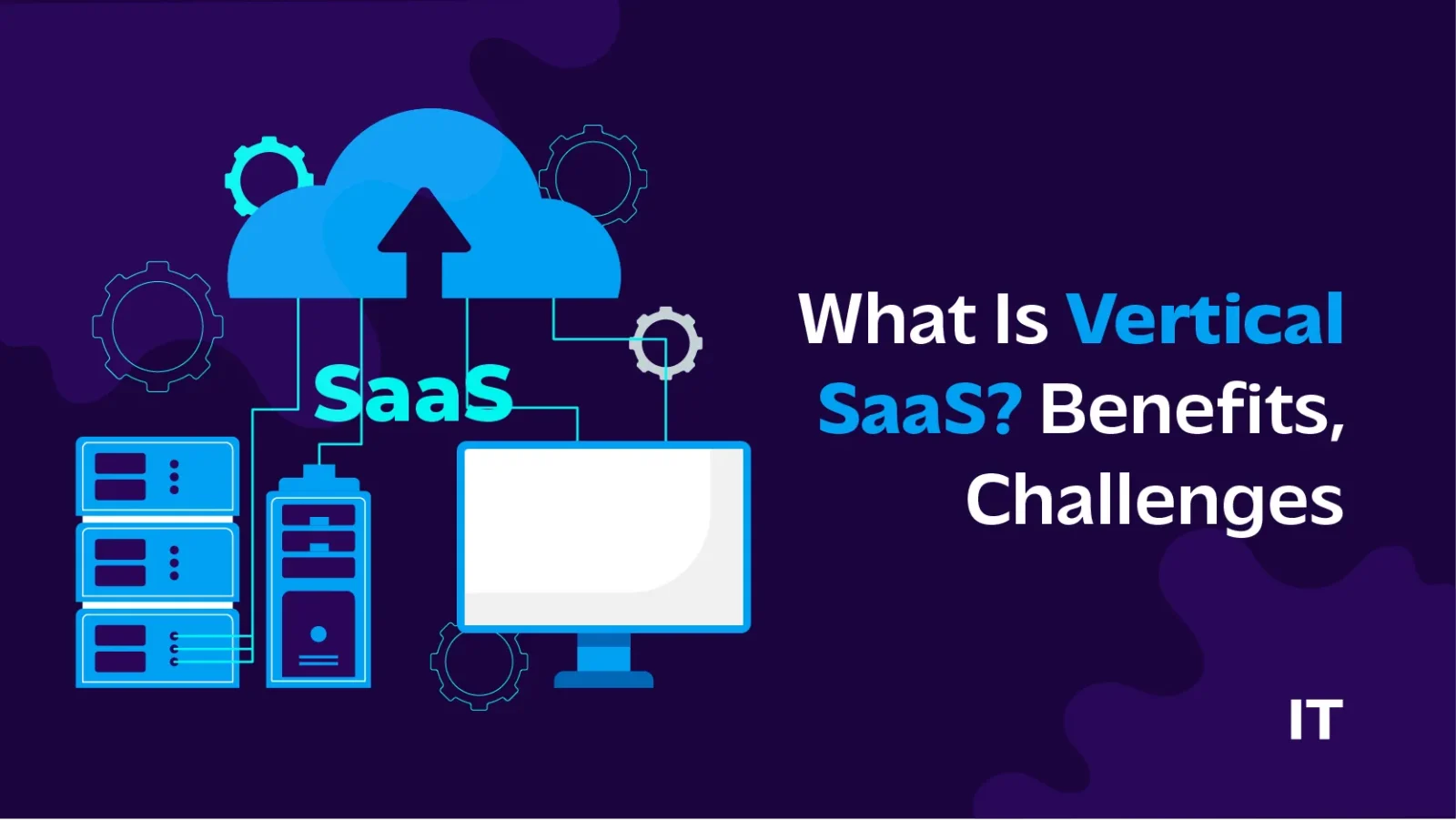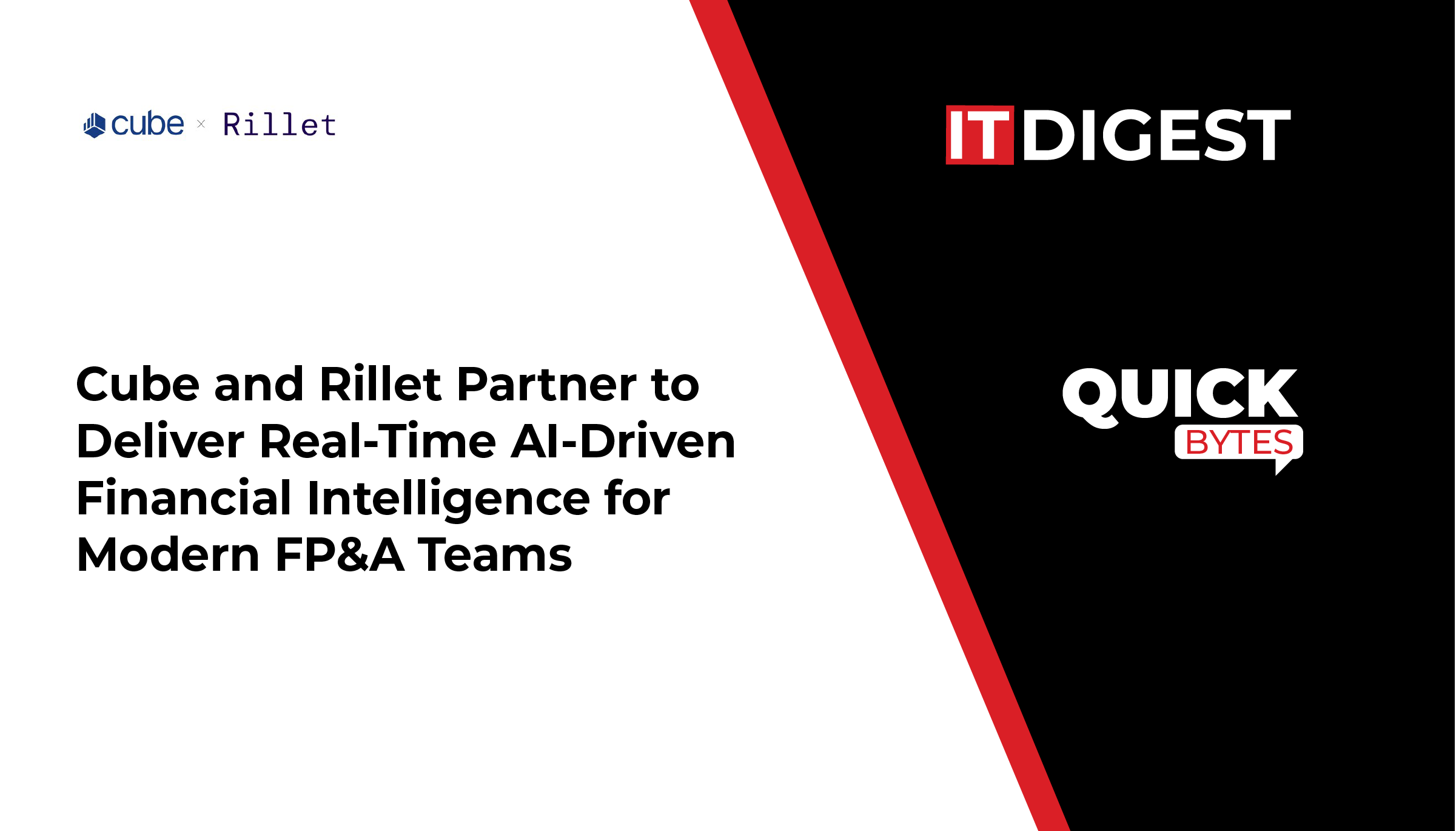Having trouble finding software that really fits your business? Look no further than Vertical SaaS, the solution to your industry-specific problems. In a world where one size fits all, software fails. Tailored, industry-specific software solutions to help you streamline, optimize, and achieve amazing.
The private markets have witnessed a notable increase in mergers and acquisitions as well as valuations of vertical SaaS startups during the previous year. Since October 2021, 11 new vertical software as a service unicorns have been minted, marking a 40% increase in their number to a total of 38 unicorns. Let’s see more about this industry.
What is Vertical SaaS?
The phrase “vertical software as a service,” or “vertical SaaS,” refers to software solutions that are specifically designed and tailored to meet the needs of a particular industry or market. Whereas horizontal software as a service (SaaS) offers general software for a broad variety of business purposes, vertical software as a service (SaaS) focuses on fulfilling the specific demands of a given company or industry.
Vertical software as a service provider develops products that cater to the particular needs of a certain industry, including banking, manufacturing, healthcare, or retail. These solutions, which are frequently developed by experts in the field, are designed to solve specific problems or provide comprehensive solutions within that specialty. In order to conform to the particular workflows and procedures of the industry they serve, they could provide adjustable features.
Why Is Vertical SaaS Gaining Popularity?
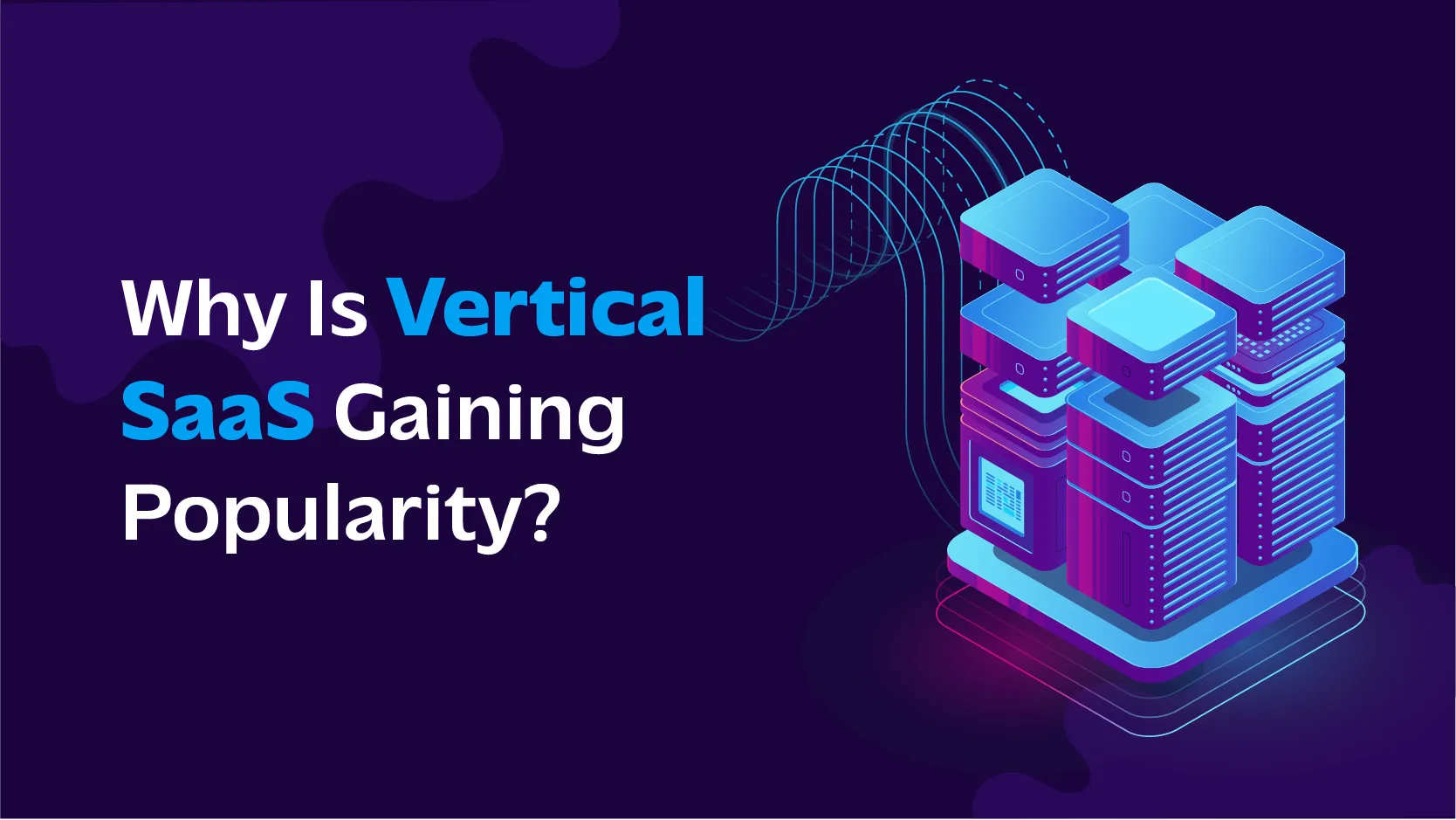 Vertical software as a service is all about creating a whole ecosystem of solutions that are tailor-made for specific industries. And let me tell you, this approach hits the nail on the head when it comes to understanding and fitting into your customers’ workflows. It’s similar to creating an enduring bond with them. Additionally, it creates a plethora of chances for cross-selling and upselling.
Vertical software as a service is all about creating a whole ecosystem of solutions that are tailor-made for specific industries. And let me tell you, this approach hits the nail on the head when it comes to understanding and fitting into your customers’ workflows. It’s similar to creating an enduring bond with them. Additionally, it creates a plethora of chances for cross-selling and upselling.
These SaaS products have the potential to significantly increase their own and their clients’ profits through the smooth integration of financial solutions into their operations. This action increases their overall worth to businesses while also bringing in new and recurring revenue streams. These systems offer a comprehensive view of a company’s expenses, cash flow, and capital requirements by combining financial services including financing, payroll, insurance, and payments.
Also Read: What is Container Orchestration? A Beginner’s Guide
Some of the top vertical software as a service companies include Workday, LinkedIn, PluralSight, Square, and more.
Benefits of Vertical SaaS
- Sector-specific: These SaaS solutions are designed to meet the particular requirements and difficulties of a certain sector. Their features and functionality are tailored to meet the specific needs, workflows, and procedures of that sector. Businesses can utilize software that is designed for them, not against them, thanks to this industry emphasis.
- Targeted clientele: Within a certain sector, vertical software as a service providers have a distinct target market. Because of this specialization, they have a deeper understanding of the needs and issues of their clients.
- Reduced client acquisition expenses: Compared to horizontal SaaS companies, vertical software as a service companies frequently have lower customer acquisition costs. They can concentrate their marketing efforts on a certain consumer base by focusing on an industry, which leads to more successful and economical customer acquisition.
- Customer intelligence: Industry-specific data and insights found in these SaaS solutions are useful to companies operating in that sector. Businesses may improve their operations, make wiser decisions, and achieve better results by examining functional areas and industry-specific data.
- Regulatory compliance: Vertical software as a service providers frequently possess a more profound comprehension of the legal and regulatory requirements that are specific to their intended industry. This implies that they can provide solutions that meet those requirements for compliance, providing businesses with assurance and lowering the possibility of non-compliance.
What is the Difference Between Vertical SaaS and Horizontal SaaS?
In contrast to horizontal SaaS, which targets a wider audience across numerous industries with a more generalized solution, vertical software as a service concentrates on serving a specific industry or specialty with specialized features and customization. While horizontal SaaS firms have a greater market size but face more competition and might provide less industry-specific customization, vertical SaaS companies have a lower market size but may benefit from better client loyalty and less rivalry within their industry.
What Are The Challenges Of Vertical SaaS?
 There are particular difficulties in developing vertical software as a service. It might be very difficult to comprehend intricate industry-specific procedures and to follow strict rules. To provide value and maintain complete regulatory compliance, your solution needs to appropriately simulate these intricacies. Giving customers the necessary customization and flexibility to satisfy their varied needs within the sector is another frequent challenge.
There are particular difficulties in developing vertical software as a service. It might be very difficult to comprehend intricate industry-specific procedures and to follow strict rules. To provide value and maintain complete regulatory compliance, your solution needs to appropriately simulate these intricacies. Giving customers the necessary customization and flexibility to satisfy their varied needs within the sector is another frequent challenge.
A solution provider must have a thorough understanding of their target market. Forming advisory boards, collaborating with early customers to confirm your expertise, and enlisting industry experts are all necessary to overcome these obstacles.
Additionally, when your program is built with a flexible and modular architecture, customization may be achieved without compromising scalability. Ultimately, creating a successful vertical software as a service solution requires a deep understanding of the industry, flexibility, and an intense focus on regulatory compliance.
Conclusively
Businesses in particular industries or niches can benefit greatly from vertical SaaS’s industry-specific strategy and customized solutions. Through the consideration of industry-specific requirements and obstacles, suppliers offer customized features and functionalities that improve productivity, efficacy, and client satisfaction. Customizing the software to fit particular workflows and procedures gives organizations a competitive advantage.







